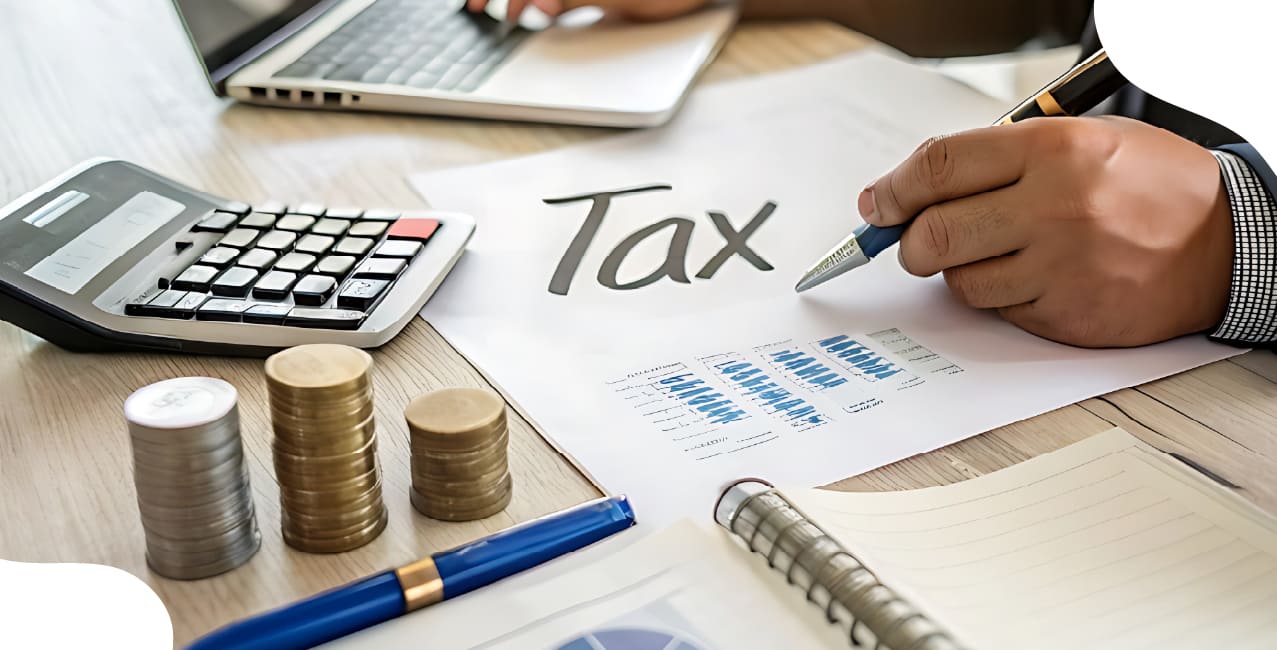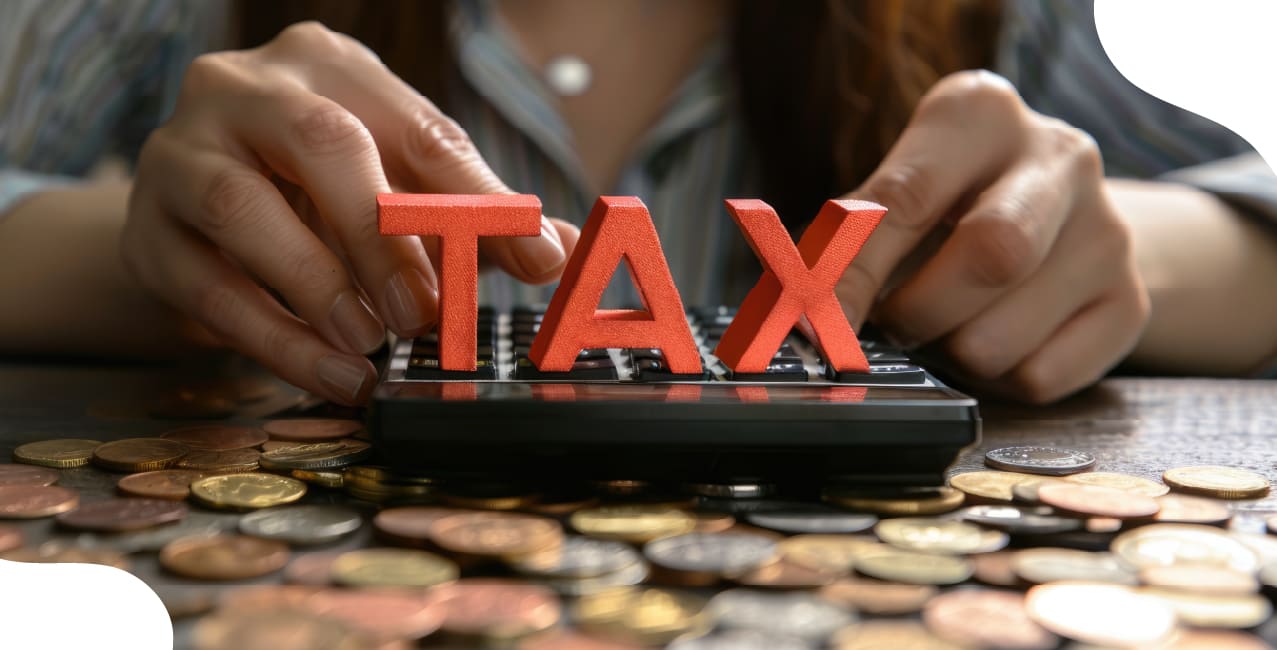
Author
LoansJagat Team
Read Time
6 Min
23 Sep 2025
Section 115JD of the Income Tax Act: Complete Guide & MAT Rules
Key Takeaways
- Section 115JD is an important provision of the Income Tax Act. As per this provision, you can claim credit for the remaining difference between the Alternative Minimum Tax (AMT) and your regular income tax.
- You can use this credit for the next 15 years, also you can only use this credit when your regular tax exceeds the Alternative Minimum Tax (AMT).
- AMT credit reduces future tax burden and helps keep tax treatment fair. The system ensures zero-tax-paying entities still contribute, while giving them future relief.
Section 115JD of the Income Tax Act talks about the credit of Alternative Minimum Tax (AMT). It ensures that when a taxpayer pays more tax under AMT than under regular provisions, the extra amount does not go to waste but can be adjusted in later years.
Let’s say Mr. Sharma runs a manufacturing unit in Dwarka, Delhi. He invests in new plant and machinery under Section 35AD (100% deduction for specific capital expenditures incurred by businesses). The following table shows his tax liability for FY 2024-25:
In the next year, if his regular tax liability rises above AMT, he can set off this credit of ₹1,00,000 (as shown in the above-mentioned table). This shows how Section 115JD protects taxpayers from losing the benefit of excess tax paid.
In this blog, we will learn more about Section 115JD of the Income Tax Act, its applicability, provisions, and how to make an AMT credit claim.
Read More - Section 206AB of the Income Tax Act: Complete Guide & TDS Rules
Applicability Of Section 115JD
Section 115JD concerns only taxpayers required to follow AMT regulations. The following table highlights who exactly comes under this section:
The above-mentioned table shows that Section 115JD does not apply universally; mainly, it covers taxpayers with large deductions, ensuring both benefits and fair tax compliance.
Provisions Of Section 115JD
If you want to understand Section 115JD, then you need to know how eligibility, carry forward, and set-off work for taxpayers falling under AMT rules.
The table below summarises the key provisions of Section 115JD that govern the claim and usage of AMT credits:
The above-mentioned provisions reflect that Section 115JD is designed to ensure fair treatment of taxpayers who pay AMT. It balances tax liability with the right to claim credits while preventing misuse of deductions.
Also Read - Section 147 of the Income Tax Act – Income Escaping Assessment Explained
Tax Under Section 115JD
The taxpayer always pays the higher of the two (AMT and regular income tax), and the difference becomes an AMT credit.
The following table shows the effective AMT tax rate under Section 115JD:
From the above-mentioned table, you can see that Section 115JD ensures that even after claiming deductions, a minimum level of tax is paid. Let’s understand this better with the help of an example.
For example, Natasha runs a logistics firm in Rohini, New Delhi. The following table shows her tax liability for FY 2024-25 and FY 2026-27:
The above-mentioned table shows that while she paid more in one year, she could balance it in later years using AMT credit.
Bonus Tip: Credit for excess AMT under Section 115JD is non-refundable. You can only adjust it against future tax, never claim it as a cash refund, ensuring AMT stays a minimum tax.
Conclusion
Section 115JD of the Income Tax Act ensures fairness for taxpayers. This provision asks businesses to pay AMT when their deductions reduce tax too much, but at the same time, it gives them credit for the extra tax paid.
Businesses can carry forward this credit for 15 years and use it in years where regular tax is higher. This provision not only prevents complete tax avoidance but also encourages taxpayers to claim genuine deductions without fear of losing money.
FAQs
1. Does Section 115JD apply during mergers or demergers?
Yes, it allows companies to carry forward losses and unabsorbed depreciation during mergers or demergers if conditions are met.
2. What is Section 115JB of the Income Tax Act 1961?
Section 115JB makes it mandatory for companies to pay Minimum Alternate Tax (MAT) at 15% of their book profit, plus surcharge and cess, if their regular income tax liability is lower than this amount.
3. How do I report under Section 115JB of the Income Tax Act 1961?
Companies covered under Section 115JB must file Form 29B, a report certified by a Chartered Accountant, which calculates book profits for MAT purposes.
4. What is the difference between 115JB and 115BAA?
Section 115JB imposes MAT when a company’s tax liability is below 15% of its book profit. Section 115BAA allows eligible companies to pay a concessional tax rate of 22% without being subject to MAT.
5. Who is eligible for 115BAA?
Any domestic company can opt for Section 115BAA, provided it forgoes specified deductions and exemptions.
6. What is the difference between book profit and taxable profit?
Book profit is profit shown in company accounts as per law, while taxable profit is profit computed after applying income tax rules.
7. What is Form 16B used for?
Form 16B is a TDS certificate issued by the property buyer to the seller, showing the tax deducted at source on the property purchase.
Other Related Pages | |||
About the Author

LoansJagat Team
‘Simplify Finance for Everyone.’ This is the common goal of our team, as we try to explain any topic with relatable examples. From personal to business finance, managing EMIs to becoming debt-free, we do extensive research on each and every parameter, so you don’t have to. Scroll up and have a look at what 15+ years of experience in the BFSI sector looks like.

Quick Apply Loan
Subscribe Now
Related Blog Post

LoansJagat Team • 22 Sep 2025
_of_Income_Tax_Act.jpg)
LoansJagat Team • 22 Sep 2025

LoansJagat Team • 22 Sep 2025